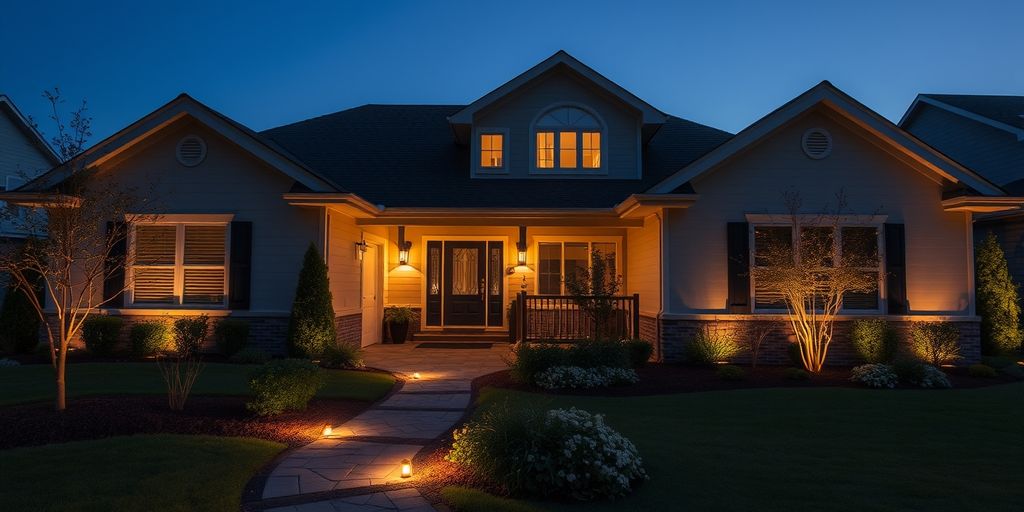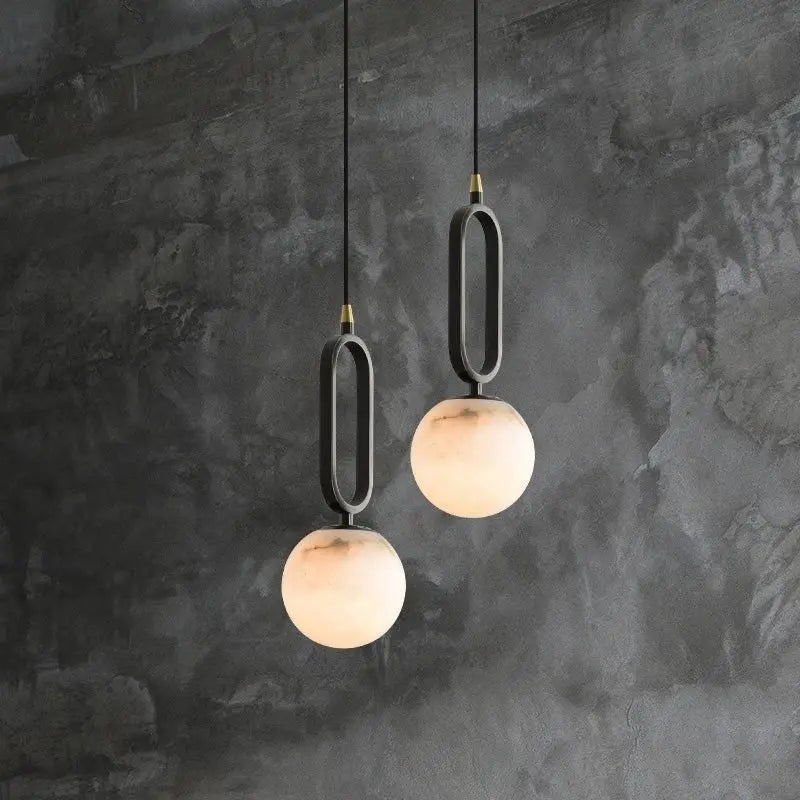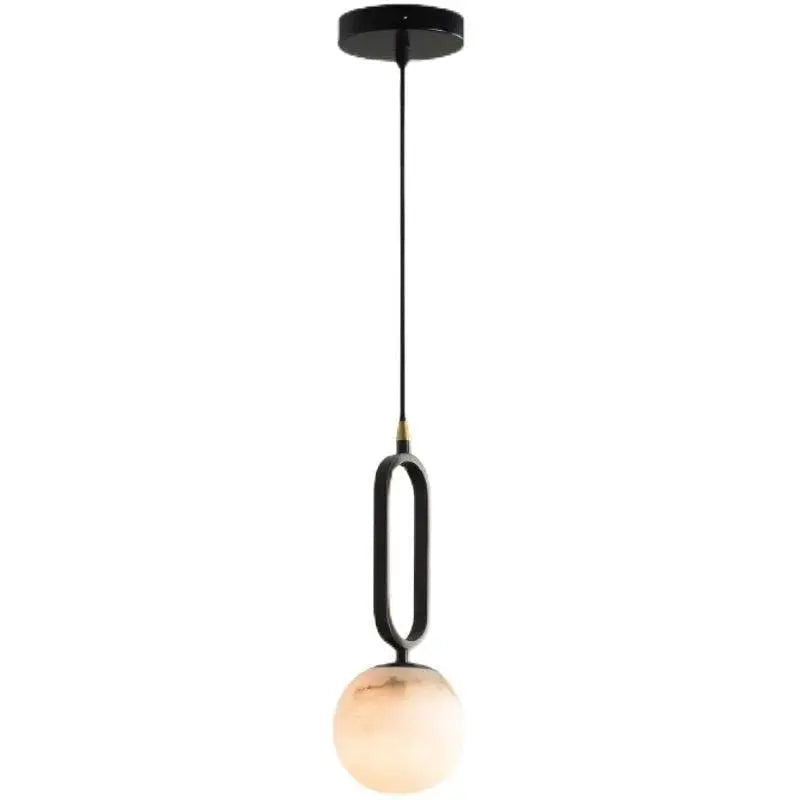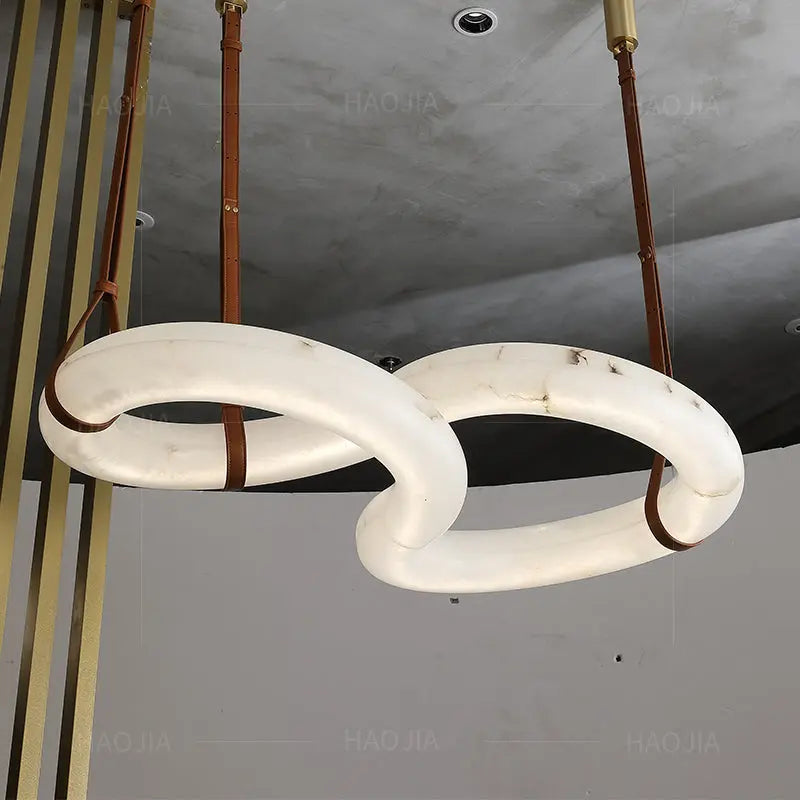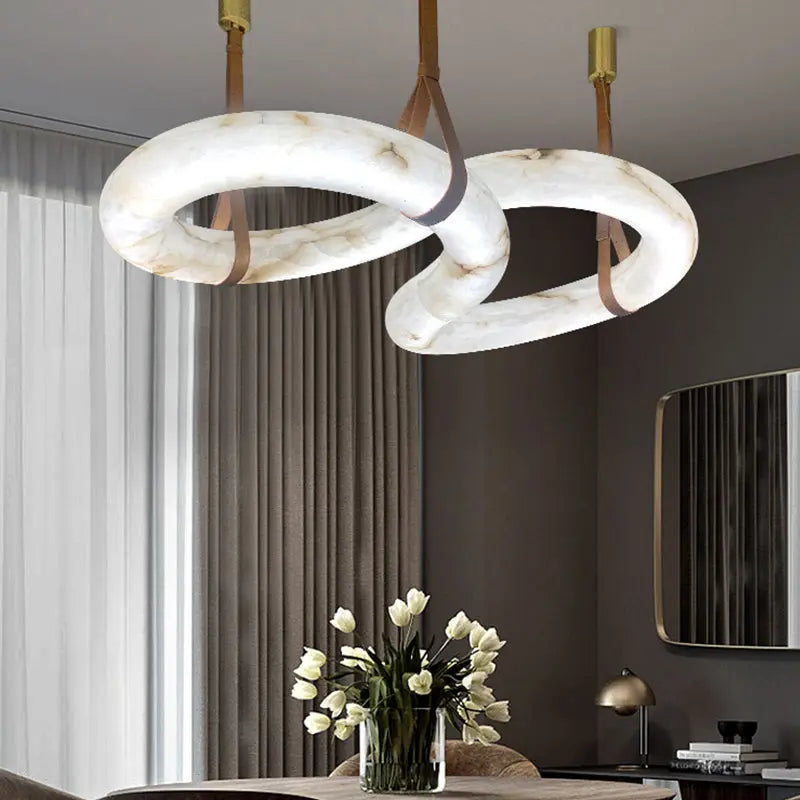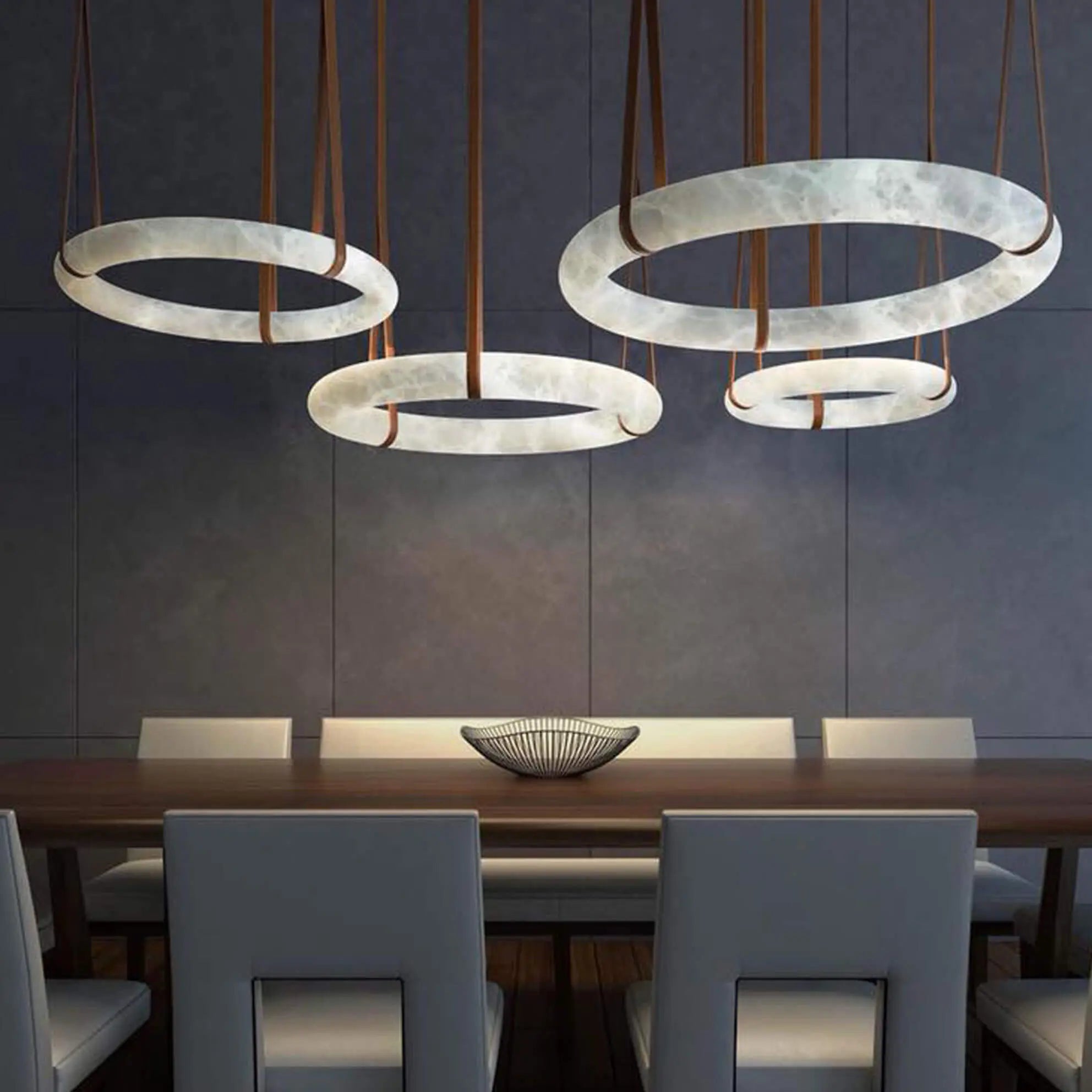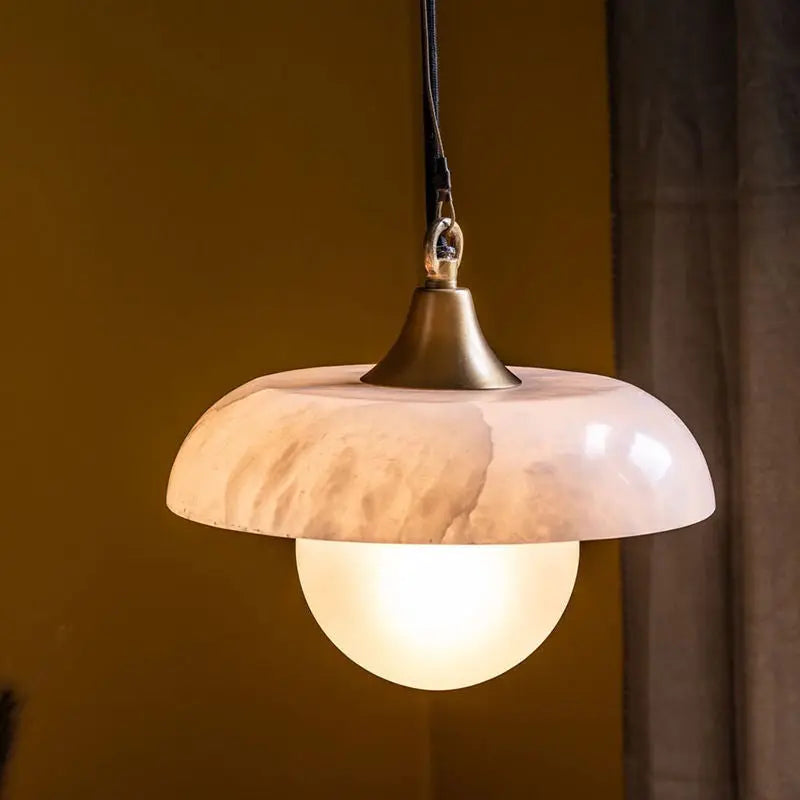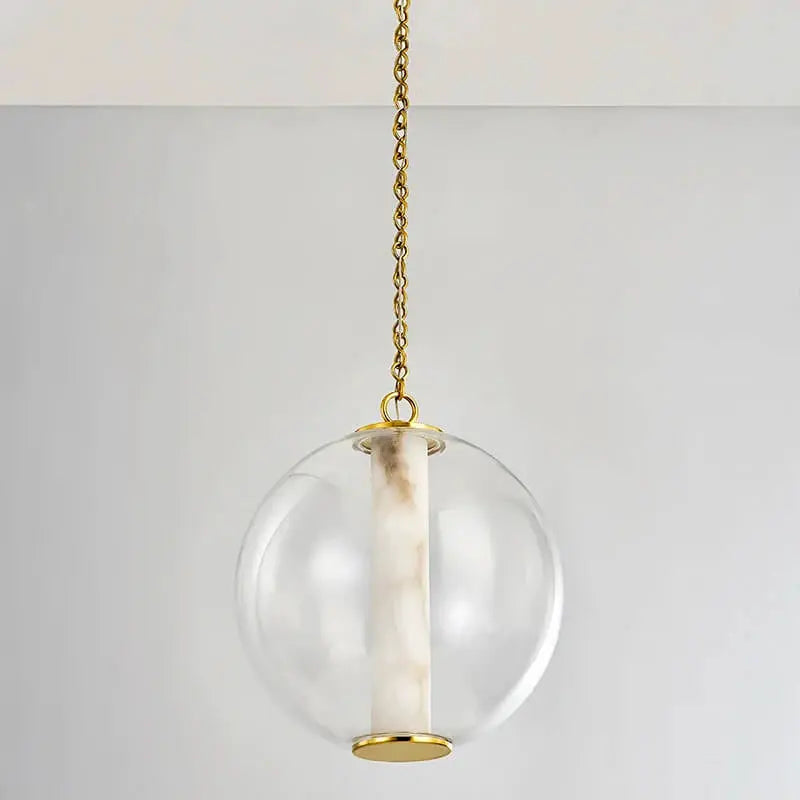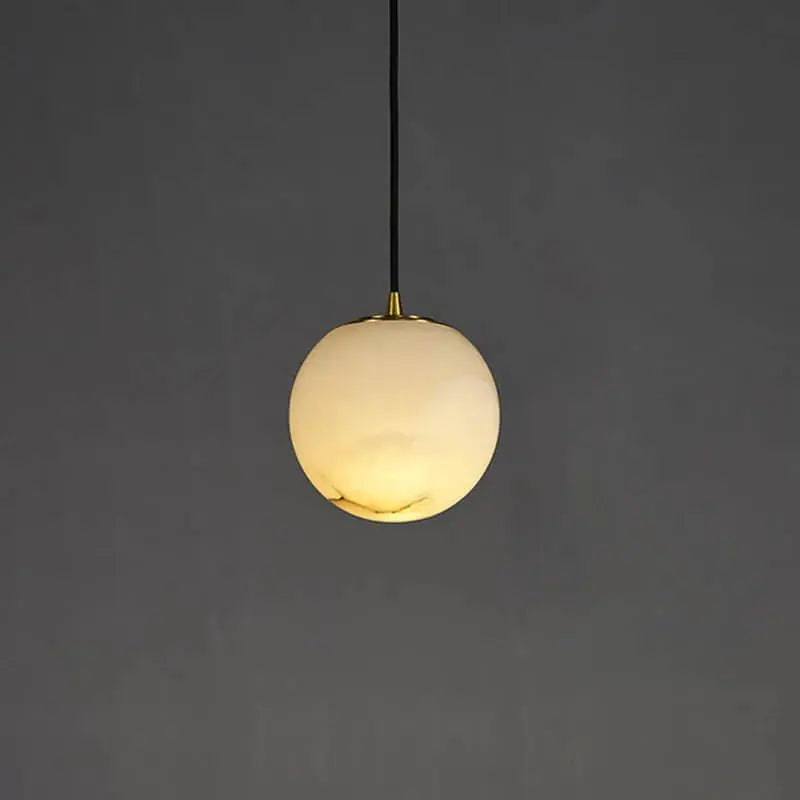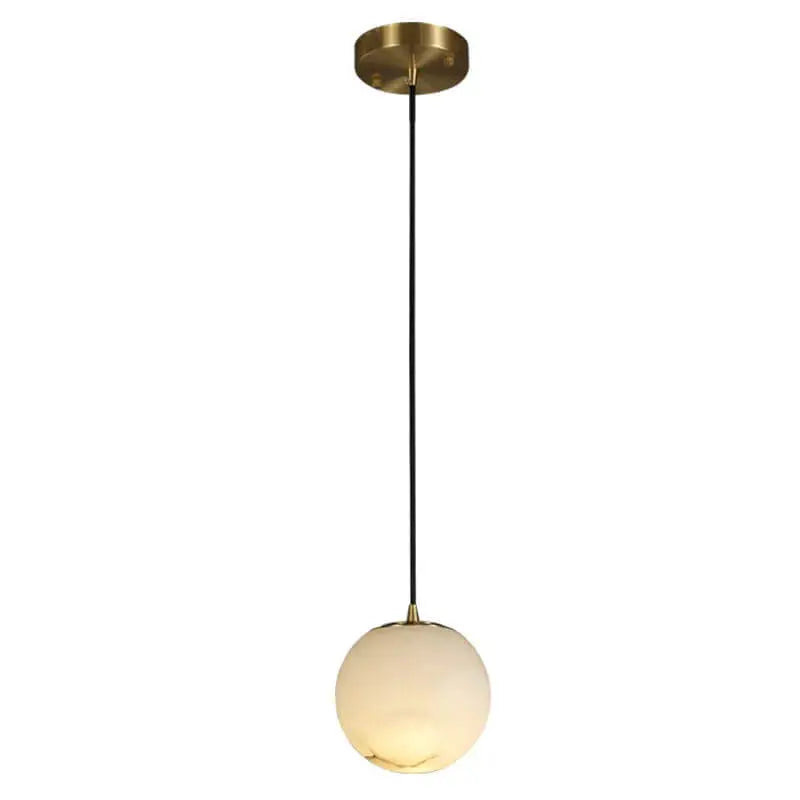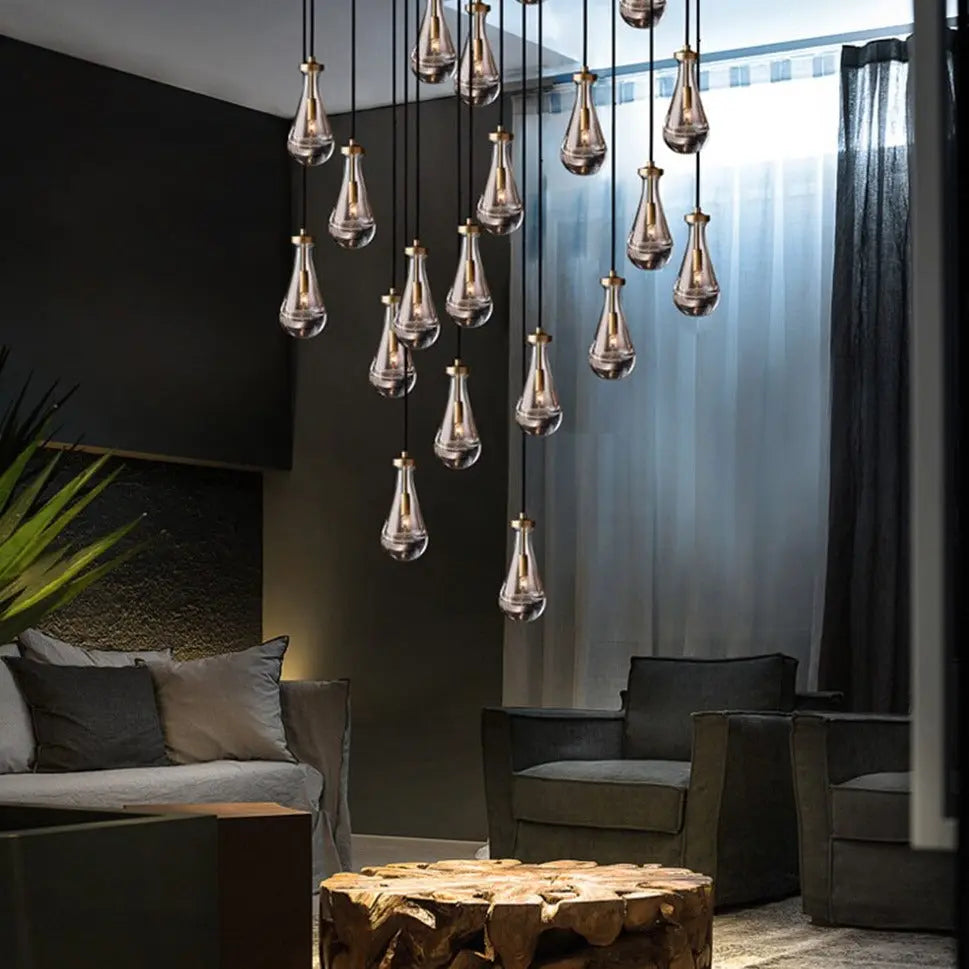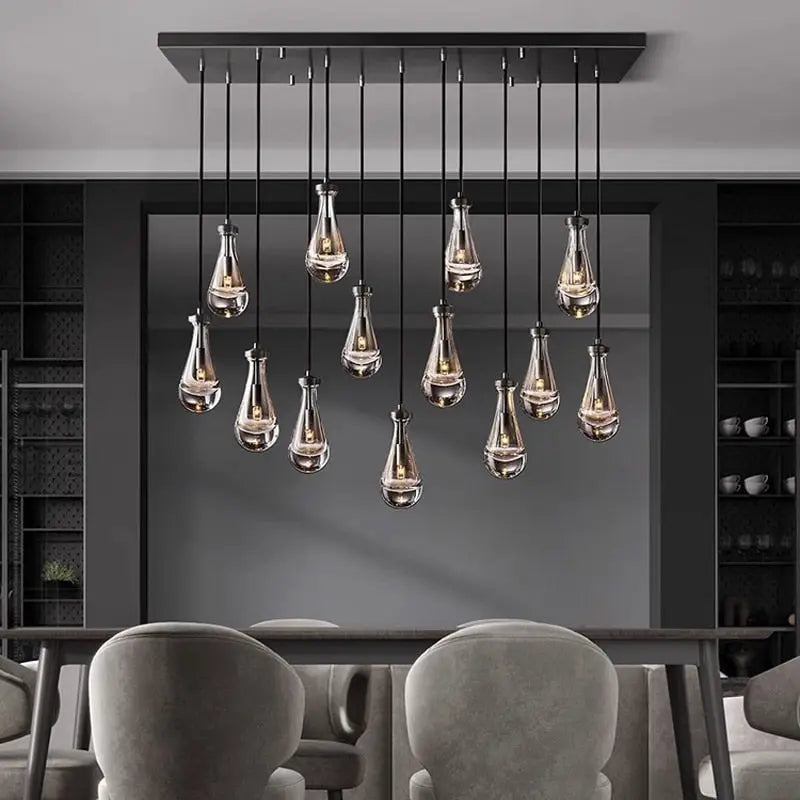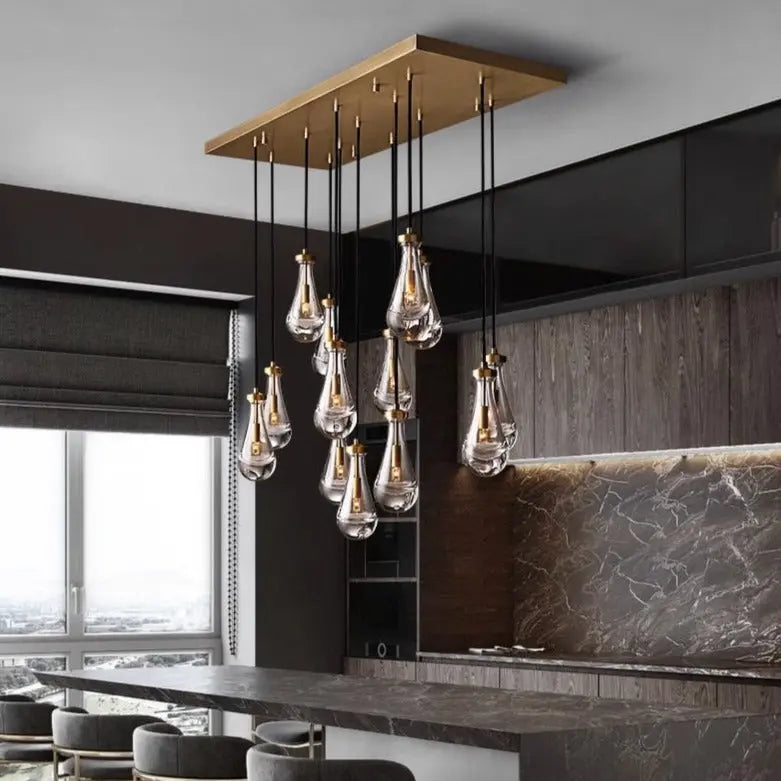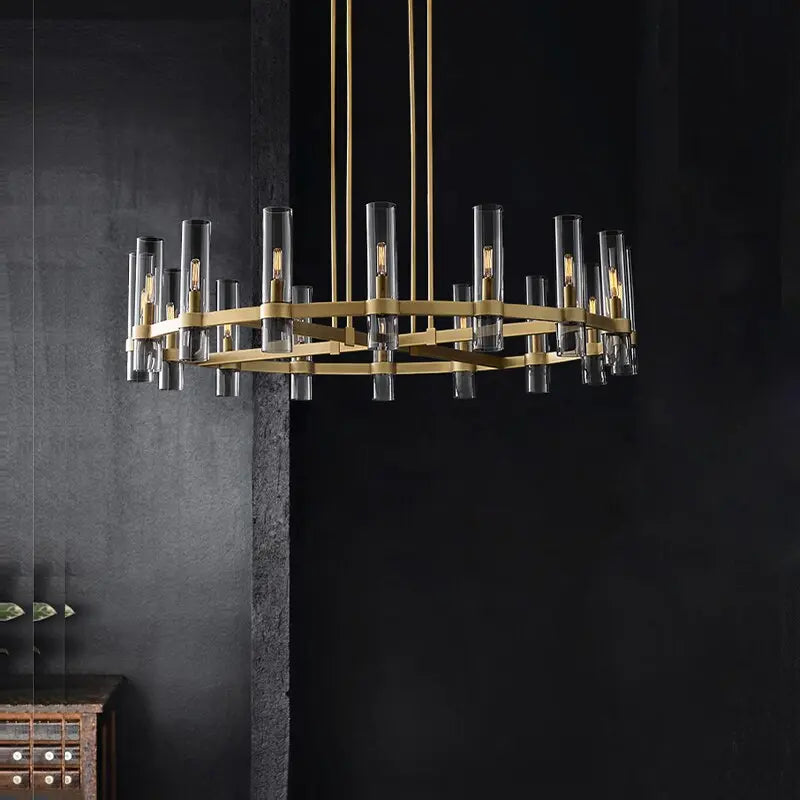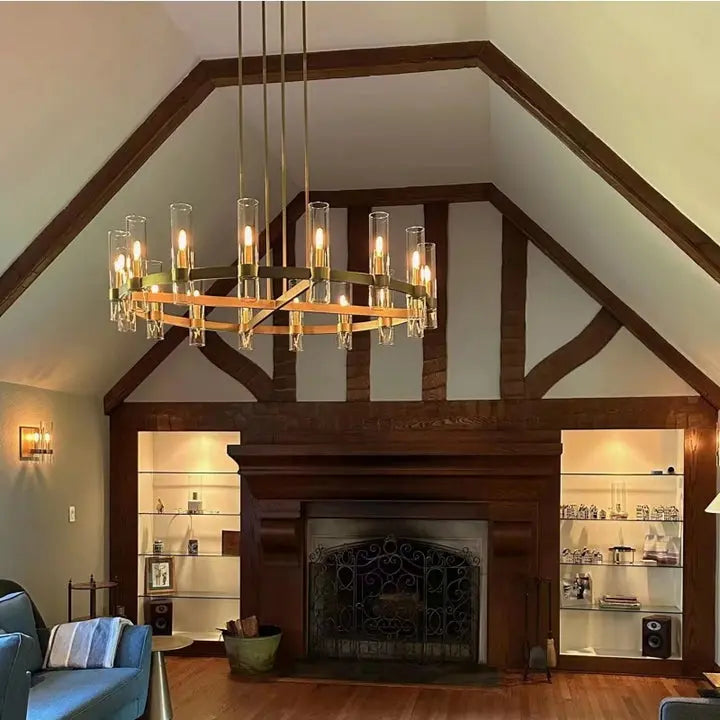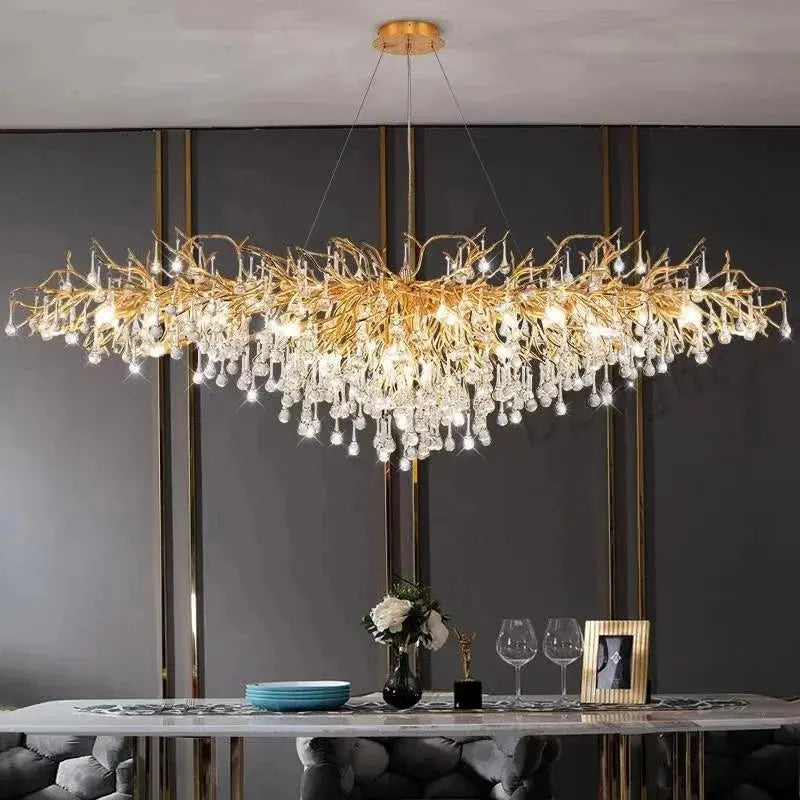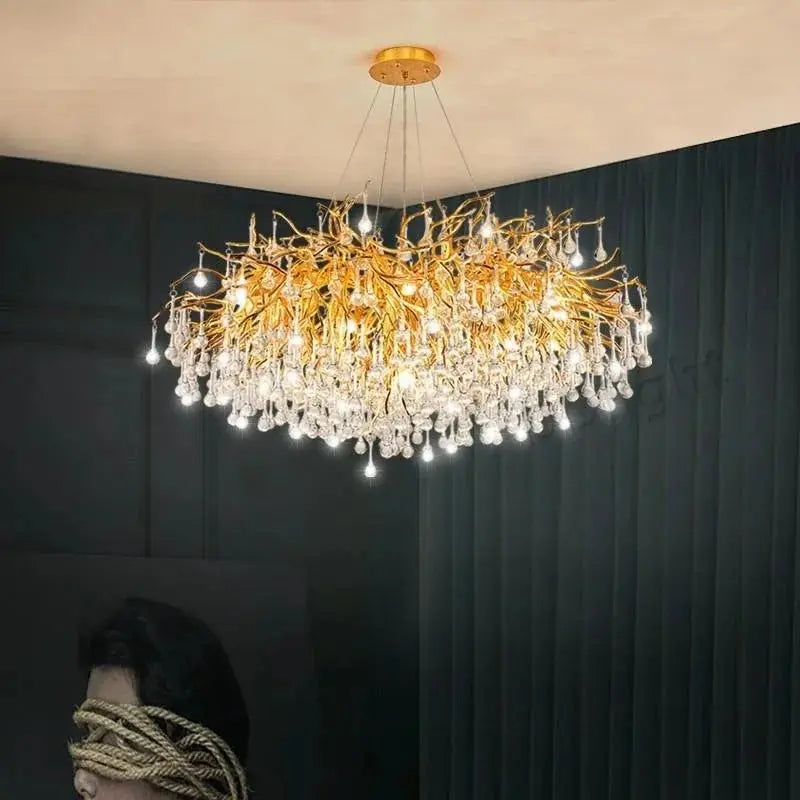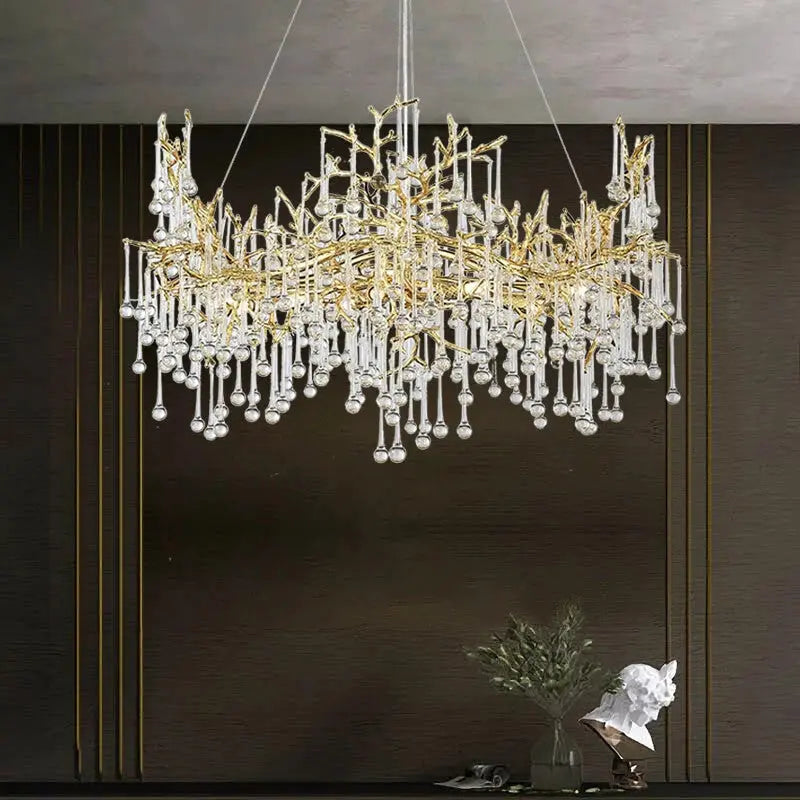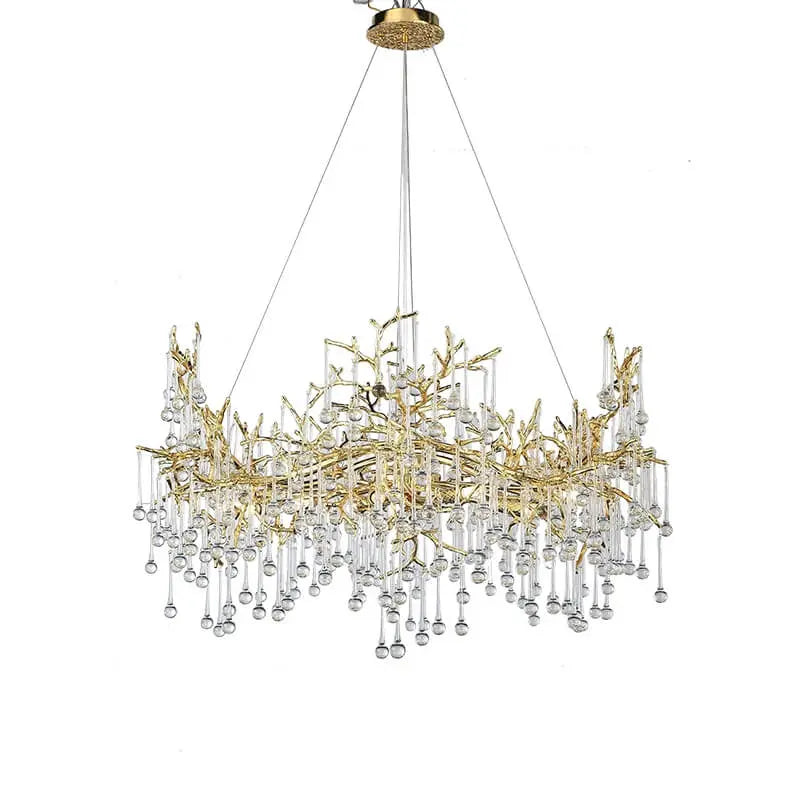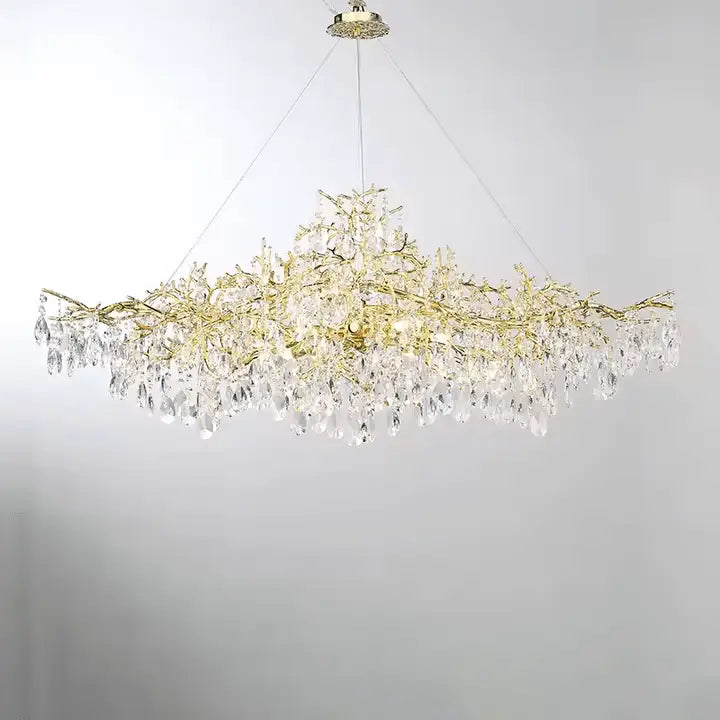Lighting your home can be tricky, but it's super important. The right lighting can change how a room looks and feels. This guide will help you pick the best lights for every room, mix natural and artificial light, and even save energy. Get ready to make your home shine!
Key Takeaways
- Learn the basics of different lighting types: ambient, task, and accent.
- Find out why color temperature matters for your space.
- Discover how lighting can affect your mood and productivity.
- Get tips on choosing the right fixtures for every room in your house.
- Explore smart lighting solutions and energy-efficient options.
Understanding the Basics of Lighting
Types of Lighting: Ambient, Task, and Accent
Every light in your home falls into one of three categories: ambient, task, or accent lighting. Ambient lighting is the main source of light in a room, providing overall illumination. Task lighting is more focused, helping you perform specific activities like reading or cooking. Accent lighting highlights particular areas or objects, adding depth and interest to your space.
The Importance of Color Temperature
Color temperature affects how we perceive a room. Warm light creates a cozy and inviting atmosphere, perfect for living rooms and bedrooms. Neutral light is clean and friendly, ideal for kitchens and bathrooms. Cool light is best for workspaces like offices, as it helps with focus and productivity.
How Light Affects Mood and Productivity
Lighting can significantly impact your mood and productivity. Bright, cool lights can make you feel more alert and focused, while dim, warm lights can help you relax. Understanding the role of lighting in your home can help you create spaces that are both functional and comfortable.
Good lighting is essential for creating a welcoming and efficient home environment. By layering different types of lighting, you can achieve the perfect balance of ambiance and functionality.
Choosing the Right Fixtures for Each Room
Living Room Lighting Ideas
The living room is often the heart of the home, where families gather and entertain guests. Layered lighting is key here, combining ambient, task, and accent lighting to create a versatile space. Consider using a mix of floor lamps, table lamps, and ceiling fixtures to achieve this. For those with small apartment decor ideas, opt for multi-functional fixtures that save space.
Kitchen and Dining Area Lighting
In the kitchen, task lighting is crucial for food preparation areas. Under-cabinet lights and pendant lights over islands are popular choices. For the dining area, a statement chandelier or pendant light can serve as a focal point. If you're looking for affordable kitchen decor ideas, consider DIY options like repurposing mason jars into light fixtures.
Bedroom and Bathroom Lighting Tips
For the bedroom, a dimmer switch is a must-have to adjust the lighting according to your mood. Bedside lamps with adjustable arms are great for reading. In the bathroom, ensure you have bright, even lighting around the mirror for grooming tasks. For those interested in how to decorate a small bathroom, consider wall-mounted fixtures to save counter space.
Choosing the right lighting fixtures for each room can transform your space from ordinary to extraordinary. Whether you're looking for DIY wall decor for bedroom or how to decorate a small dining room, the right lighting can make all the difference.
Incorporating Natural Light
Maximizing Daylight with Windows and Skylights
Maximizing daylight in your home can make a huge difference in how bright and welcoming it feels. Large windows and skylights are great ways to let in more natural light. Consider installing them in rooms where you spend a lot of time, like the living room or kitchen. If you have a dark room, adding a skylight can transform it into a bright, airy space.
Using Mirrors and Reflective Surfaces
Mirrors and reflective surfaces can help bounce light around a room, making it feel larger and brighter. Place mirrors opposite windows to reflect the light coming in. Reflective surfaces like glass tables or shiny tiles can also help spread light throughout the room.
Balancing Natural and Artificial Light
Balancing natural and artificial light is key to creating a comfortable and functional space. Use natural light during the day and supplement it with artificial light in the evening. Combining different types of lighting can help you achieve the perfect balance. For example, use ambient lighting for general illumination and task lighting for specific activities like reading or cooking.
Natural light not only brightens up your home but also has a positive impact on your mood and productivity. Embrace it to create a happier, healthier living environment.
Smart Lighting Solutions
Benefits of Smart Lighting Systems
Smart lighting systems offer a range of benefits that can transform your home. Convenience is a major advantage, as you can control your lights from anywhere using a smartphone app or voice commands. This means you can turn off the kitchen light from your bed or adjust the lighting in your living room without getting up. Smart lighting also enhances energy efficiency by allowing you to set schedules and dim lights when full brightness isn't needed. Additionally, these systems can improve home security by simulating occupancy when you're away.
Popular Smart Lighting Products
There are several popular smart lighting products on the market today:
- Smart Bulbs: These are LED bulbs that can be controlled via an app. They offer features like color changing and dimming.
- Smart Plugs: These allow you to control traditional lamps and other devices through a smart home system.
- Smart Switches: Replace your existing light switches with smart ones to control your lights remotely.
Setting Up and Controlling Smart Lights
Setting up smart lights is generally straightforward. Here are the basic steps:
- Choose Your System: Decide whether you want to use a specific brand or a mix of products that are compatible with your smart home hub.
- Install the Hardware: Replace your existing bulbs, plugs, or switches with smart versions.
- Connect to Wi-Fi: Use the manufacturer's app to connect your smart lights to your home Wi-Fi network.
- Configure Settings: Set up schedules, scenes, and automation to suit your lifestyle.
Smart lighting systems not only add convenience but also offer a way to personalize your home's ambiance and improve energy efficiency.
Lighting for Different Interior Design Styles
Modern and Minimalist Lighting
Modern and minimalist lighting focuses on clean lines and simple designs. Bold shapes and sleek materials like metal and glass are common. For a minimalist living room decor, consider using recessed lighting or pendant lights with geometric shapes. These fixtures provide a clean look without overwhelming the space.
Rustic and Vintage Lighting
Rustic and vintage lighting brings a cozy and nostalgic feel to your home. Think about using materials like wood, iron, and brass. Vintage home decor trends often include Edison bulbs and lantern-style fixtures. These elements add a touch of history and warmth to any room.
Eclectic and Bohemian Lighting
Eclectic and bohemian lighting is all about mixing and matching different styles and colors. Boho chic home decor often features colorful lampshades, beaded chandeliers, and string lights. This style allows for creativity and personal expression, making your space unique and inviting.
Lighting can transform a room, making it feel more welcoming and comfortable. Whether you prefer modern, rustic, or bohemian styles, the right lighting can enhance your home's overall aesthetic.
Energy-Efficient Lighting Options
LED vs. Traditional Bulbs
When it comes to energy-efficient lighting, LEDs are the top choice. They last much longer and use less power compared to traditional incandescent bulbs. Here’s a quick comparison:
| Bulb Type | Lifespan | Light Temperature (K) | Dimmable? |
|---|---|---|---|
| Incandescent | 1,000 hours | 2,700K to 3,000K | Yes |
| Halogen | 1,000 hours | 3,000K to 3,300K | Yes |
| CFL | 8,000+ hours | 2,700K to 6,500K | Not usually |
| LED | 25,000+ hours | 2,000K to 6,500K | Yes |
Energy-Saving Tips
To make your home more energy-efficient, consider these tips:
- Replace incandescent bulbs with LEDs or CFLs.
- Use dimmers to control light levels and save power.
- Take advantage of natural light during the day.
- Turn off lights when not in use.
- Use smart bulbs to schedule and control lighting remotely.
Making small changes in your lighting choices can lead to significant savings on your electricity bill and help create an eco-friendly home decor.
Government Incentives and Rebates
Many governments offer incentives and rebates for switching to energy-efficient lighting. Check with your local utility company or government website to see what programs are available. These incentives can help offset the initial cost of purchasing more efficient bulbs and fixtures.
Outdoor and Landscape Lighting
Creating Ambiance with Garden Lights
Outdoor lighting can transform your garden into a magical space. String lights or party lights are a fun and modern way to light up your deck, patio, or yard. Simply plug them into an outlet and hang them from a wall or post. These lights drape in a relaxing curve, perfect for a festive atmosphere. For a more permanent solution, consider landscape lighting. These small lights can illuminate pathways, driveways, and garden features. Solar-powered options are easier to install and maintain.
Security Lighting for Safety
Security lighting is essential for keeping your home safe. Motion sensor lights are a great choice as they automatically turn on when they detect movement. This can deter intruders and help you see better when you come home at night. Flood lights provide strong, bright light that can cover a large area, making them ideal for driveways and backyards.
Highlighting Architectural Features
Use outdoor lighting to highlight the architectural features of your home. Pier-mounted lanterns can be placed on brick walls or posts to create a welcoming entrance. Outdoor lamps, designed to be weather-resistant, can add a decorative touch to your patio or deck. For a contemporary look, consider contemporary / modern lighting options like chandeliers or pendant lights. These designs blend style and functionality, elevating your outdoor space.
Transform your outdoor spaces with our stunning landscape lighting options. From garden paths to patio areas, our lights add beauty and safety to your home. Ready to brighten up your yard? Visit our website to explore our collection and find the perfect lighting solutions for your outdoor needs.
Conclusion
In conclusion, lighting plays a crucial role in transforming a house into a home. By understanding the different types of lighting—ambient, task, and accent—you can create a warm, inviting, and functional space. Remember, the right lighting not only enhances the beauty of your home but also improves its functionality. Whether you're reading a book, cooking a meal, or hosting a dinner party, the perfect lighting setup can make all the difference. So, take the time to plan your lighting carefully, and you'll enjoy a beautifully lit home for years to come.
Frequently Asked Questions
What are the different types of lighting?
There are three main types of lighting: ambient, task, and accent. Ambient lighting is the main source of light for a room, task lighting is for specific activities like reading or cooking, and accent lighting highlights particular areas or objects.
Why is color temperature important in lighting?
Color temperature affects the mood and functionality of a space. Warm light (yellowish) creates a cozy atmosphere, while cool light (bluish) is better for tasks and concentration.
How does light impact mood and productivity?
Light can influence how we feel and work. Bright, cool lighting can make us more alert and productive, while dim, warm lighting can help us relax.
What are some tips for choosing lighting fixtures for different rooms?
Consider the room's purpose. Use bright, task lighting in kitchens and bathrooms, soft, ambient lighting in living rooms and bedrooms, and a mix of both in dining areas.
How can I incorporate natural light into my home?
Maximize the use of windows and skylights, use mirrors to reflect light, and balance natural light with artificial sources to create a well-lit space.
What are the benefits of smart lighting systems?
Smart lighting systems offer convenience, energy efficiency, and the ability to control lighting remotely. You can adjust brightness, color, and even set schedules using a smartphone or voice commands.

